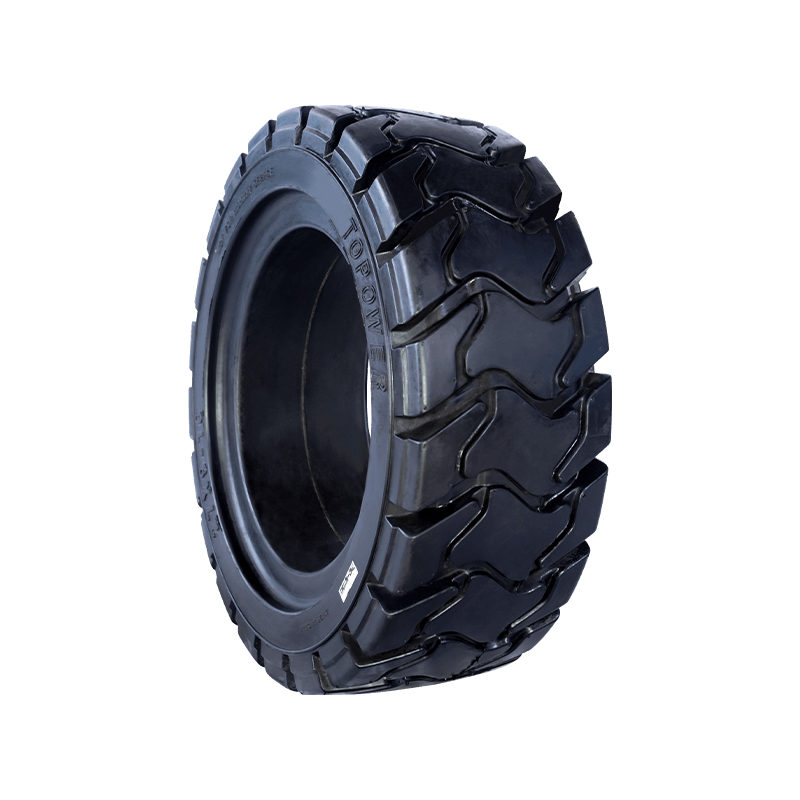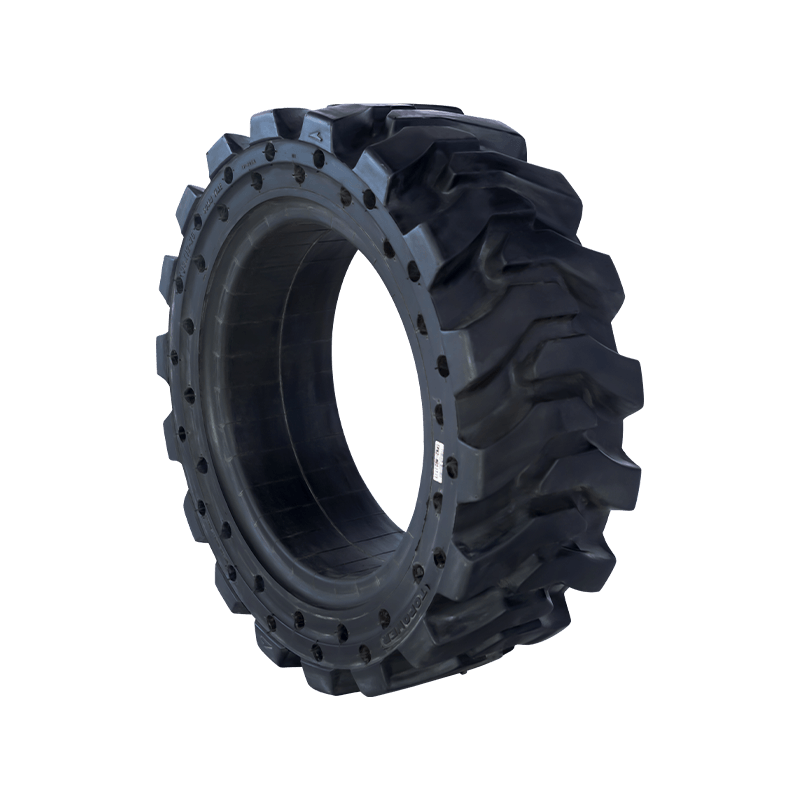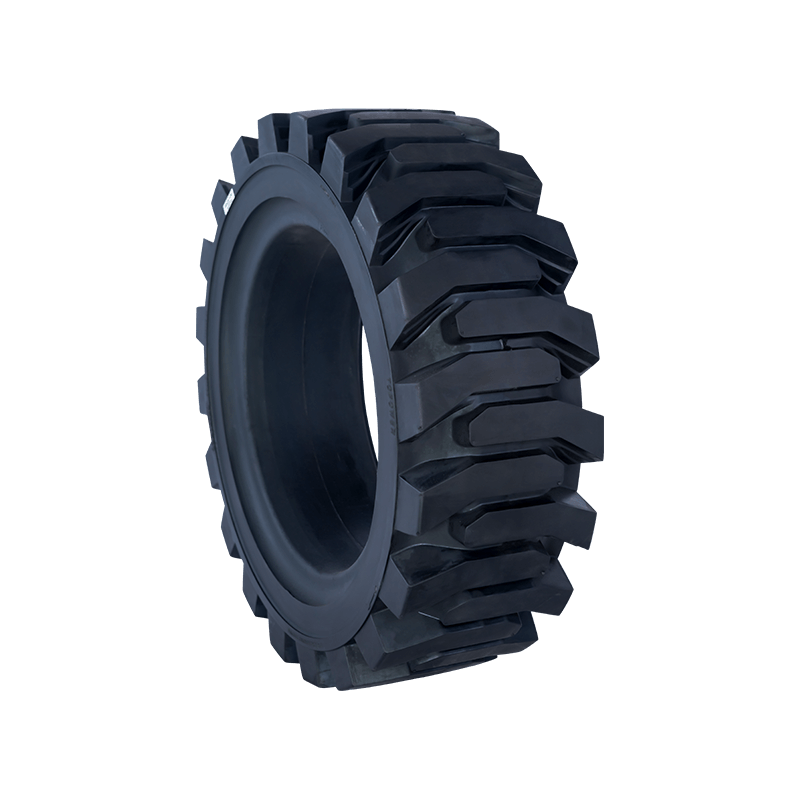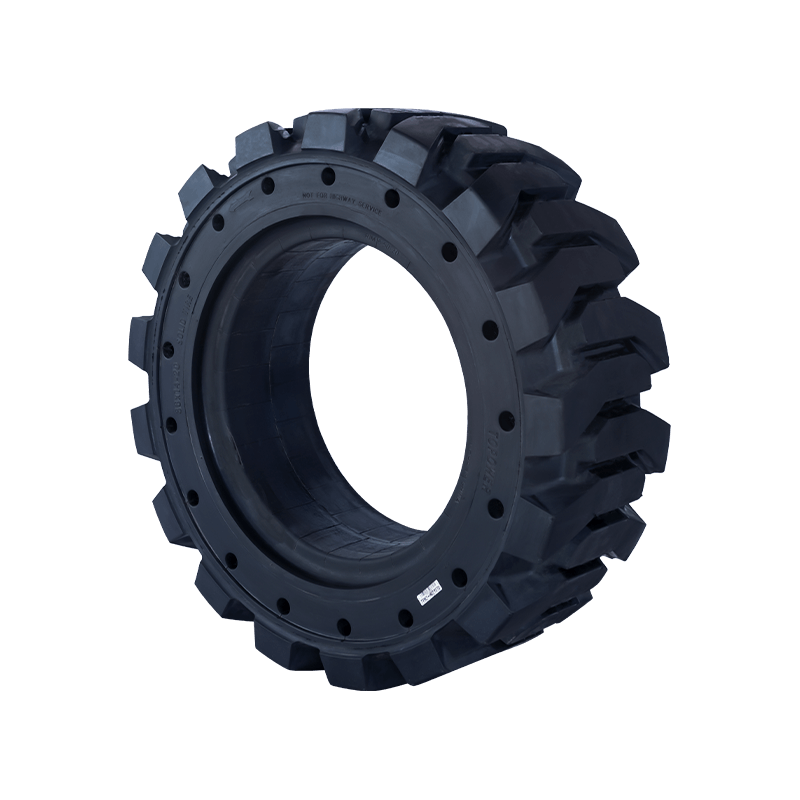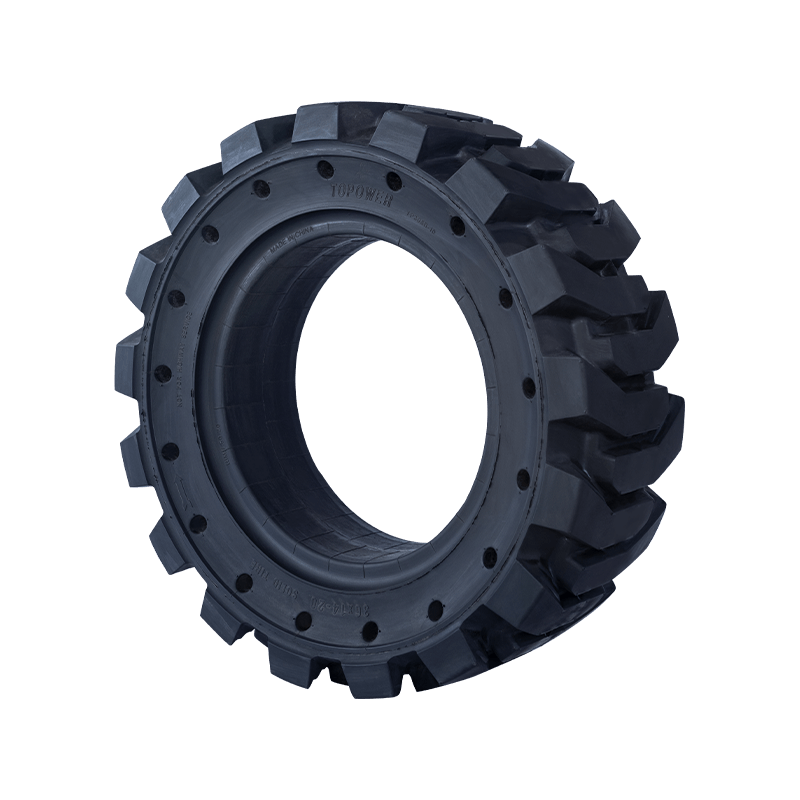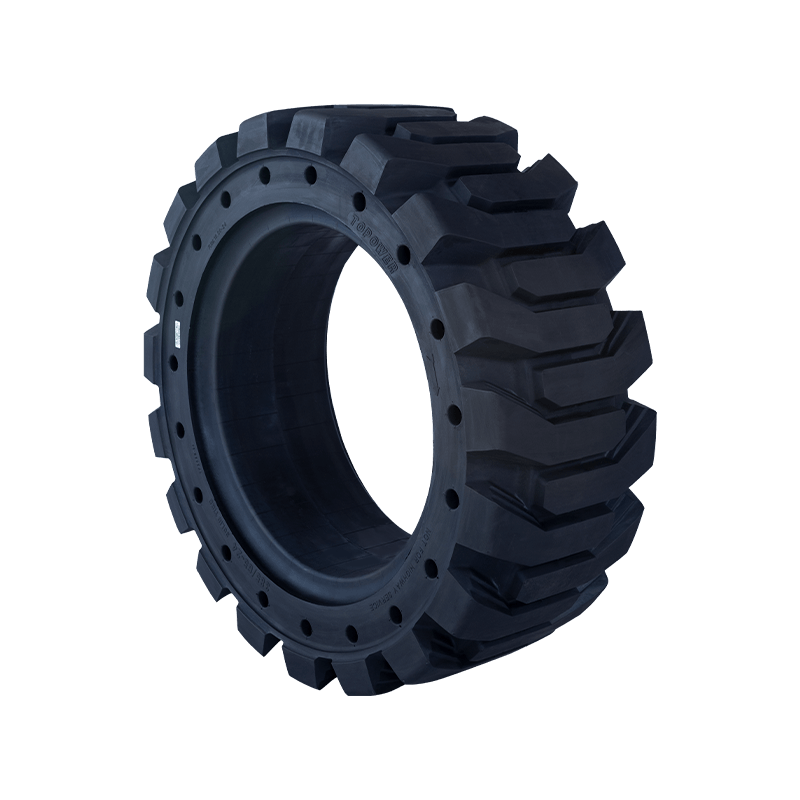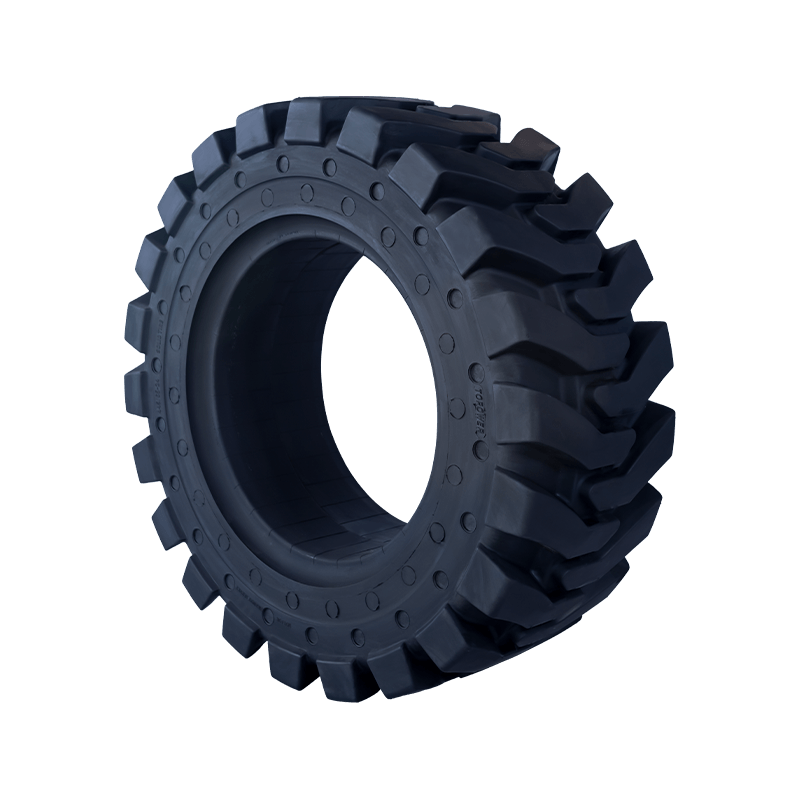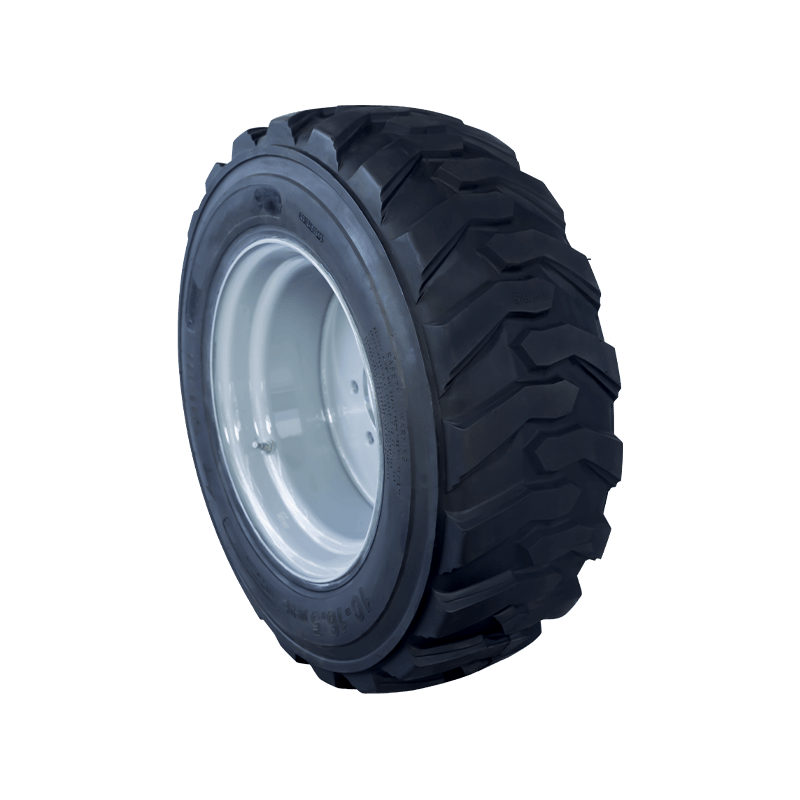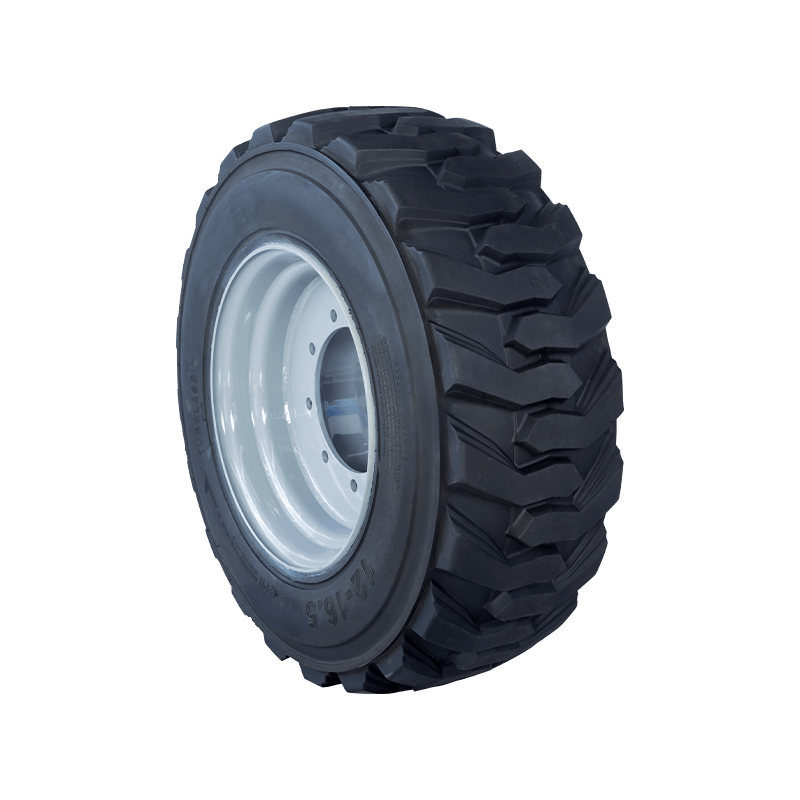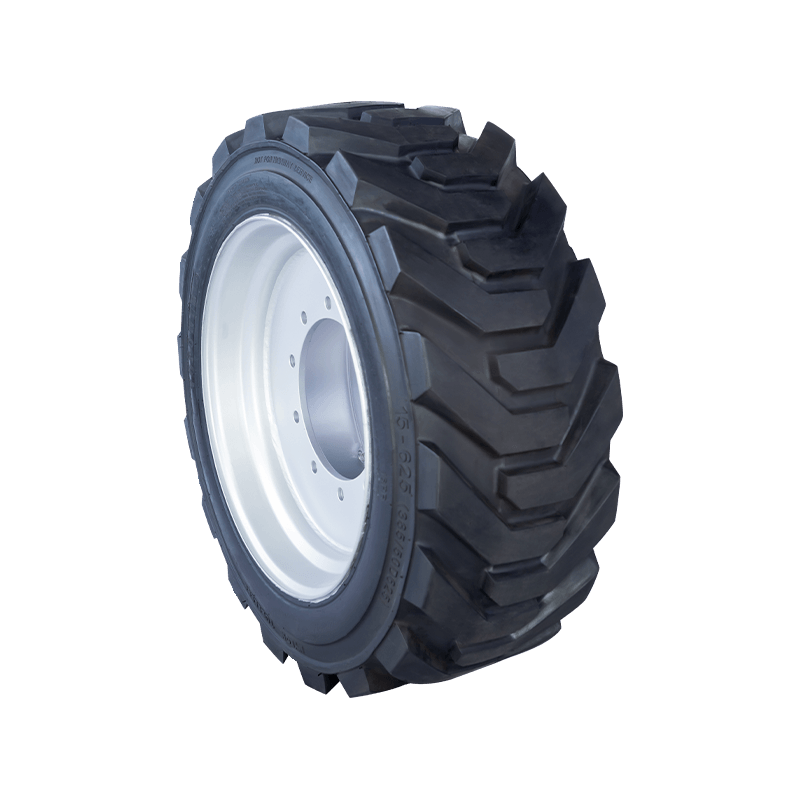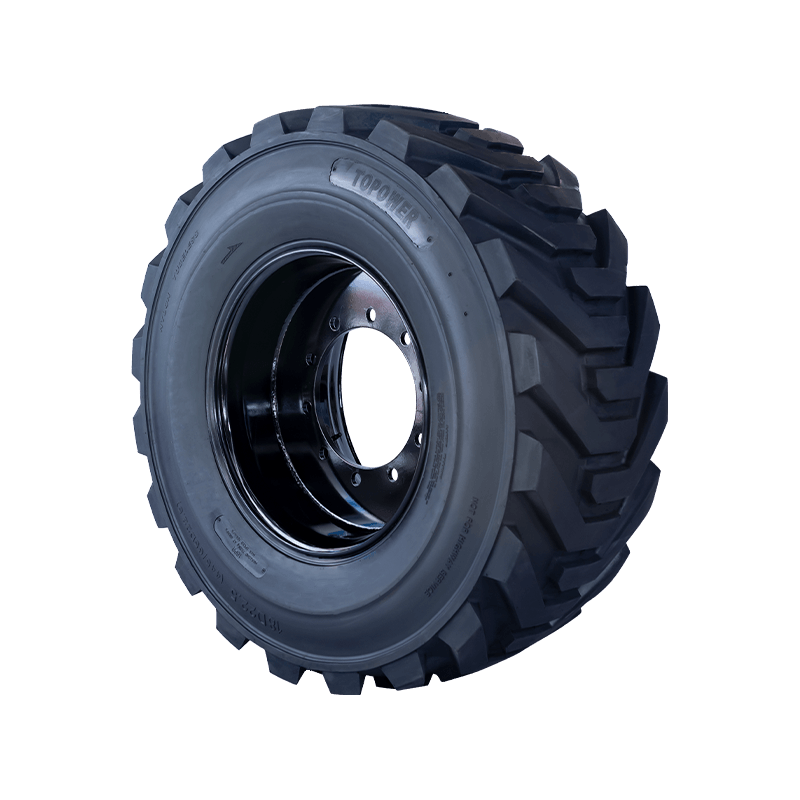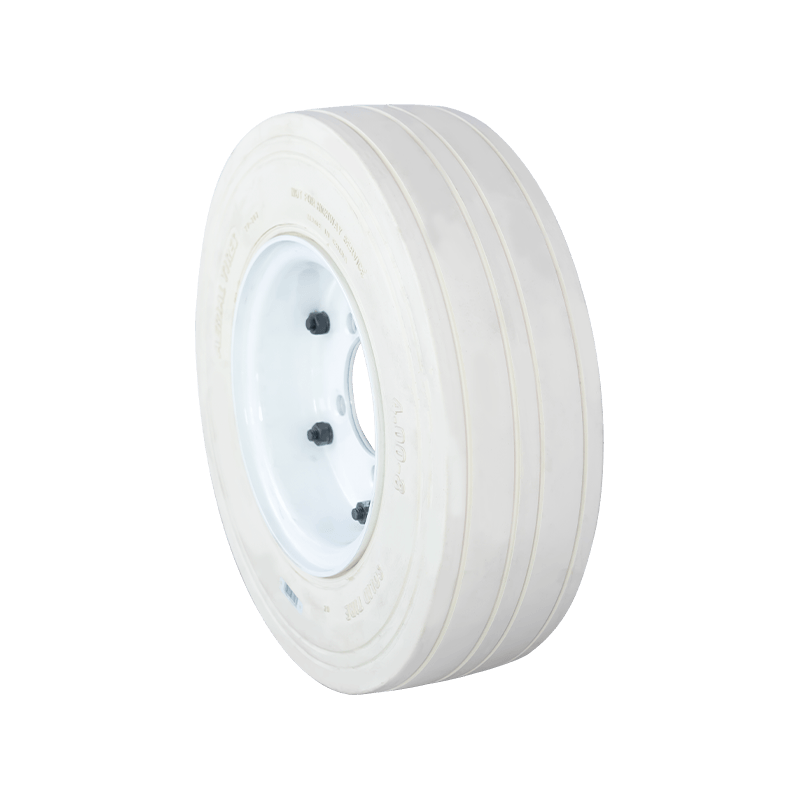Aerial Work Platform Tires are core components of aerial work equipment, and their stability is directly related to the safety and efficiency of equipment operation. In order to cope with the challenges of high load, frequent start and stop, turning and different terrains of aerial work platforms under complex working conditions, tire design needs to be deeply optimized in multiple dimensions such as structure, material, and pattern, so as to significantly improve the overall stability of the equipment.
The load-bearing capacity and structural stability of tires are the basic guarantee. Aerial work platforms usually need to bear the weight of operators, tools and equipment, which places extremely high demands on the load-bearing performance of tires. The tire adopts a high-strength cord layer and a multi-layer carcass structure, which resists deformation under heavy load by enhancing the rigidity of the sidewalls, and at the same time, cooperates with the large shoulder rib design to expand the contact area between the tire and the ground. This design not only improves the support force of the tire, but also reduces the risk of local wear by dispersing pressure, ensuring the stability of the tire shape during long-term high-load operations. The addition of the rim guard further enhances the matching accuracy of the tire and the wheel hub, preventing dynamic imbalance caused by rim deformation, thereby maintaining the stability of the equipment when moving or turning at high speed.
Optimization of tread pattern and rubber formula is the key to improving stability. In view of the complex terrain such as gravel, metal debris, mud and other common aerial work platforms, the tire adopts a deep pattern and reinforced tire block design. The deep pattern increases the depth of the tread groove to improve the drainage and mud discharge capabilities, and can still maintain full contact between the tire and the ground in a slippery or muddy environment to prevent slipping; while the reinforced tire blocks disperse the impact force when the vehicle starts and brakes by strengthening the tread rigidity, reducing the risk of tread damage caused by local stress concentration. The introduction of asymmetric tread patterns further optimizes the tire's grip performance. Through the differentiated design of the inner and outer patterns, the lateral support force of the tire during steering is enhanced, while the stability of straight-line driving is improved, which is especially suitable for the frequent start-stop and steering operations of aerial work platforms.
Strengthening puncture resistance and wear resistance is an important means to extend stability. There are often sharp objects (such as steel bars, nails, etc.) at aerial work sites, which poses a challenge to the tire's puncture resistance. To this end, the tire adopts a full sidewall protection structure. By thickening the sidewall rubber layer and embedding high-strength fiber materials, it effectively resists puncture by sharp objects and reduces the risk of air leakage or blowout caused by tire damage. At the same time, the application of wear-resistant tread formula significantly extends the service life of the tire. By adding wear-resistant agents and reinforcing agents, the tear resistance of the rubber material is improved, and the integrity of the tread pattern can be maintained even in long-term high-intensity operations, thereby maintaining stable grip and friction coefficient.
The balance between low rolling resistance and anti-skid performance is the core of improving efficiency and safety. In order to reduce equipment energy consumption and improve operating efficiency, the tire adopts a low rolling resistance design. By optimizing the shape and arrangement of the tread pattern, the friction loss between the tire and the ground is reduced. However, low rolling resistance does not mean sacrificing anti-skid performance. By incorporating a combination of longitudinal grooves and transverse patterns into the tread pattern, the tire can still maintain sufficient friction on wet or sloped surfaces to prevent the equipment from sliding or rolling over. For different working environments (such as construction sites, industrial plants, etc.), the tires are also customized with special tread rubber formulas. By adjusting the hardness and elasticity of the rubber, the tires are more adaptable in high temperature, low temperature or chemical corrosion environments, further ensuring the stability of the equipment.
The dynamic performance and adaptability of the tires are the key to dealing with complex working conditions. Aerial work platforms need to frequently turn, accelerate and brake during operation, which poses a challenge to the dynamic response ability of the tires. To this end, the tires have improved their steering accuracy and response speed by optimizing the carcass structure and tread pattern. At the same time, by increasing the depth and width of the tread grooves, the tires have enhanced their ability to drain water and mud during emergency braking, preventing slipping caused by water film or mud. The tire's anti-deformation ability has also been significantly improved. By using high-strength materials and structural design, the tires can still maintain a stable shape when they are heavily loaded or moving at high speeds, reducing vibration and noise caused by deformation, and further improving the comfort and safety of the equipment.

 English
English русский
русский Español
Español عربى
عربى


